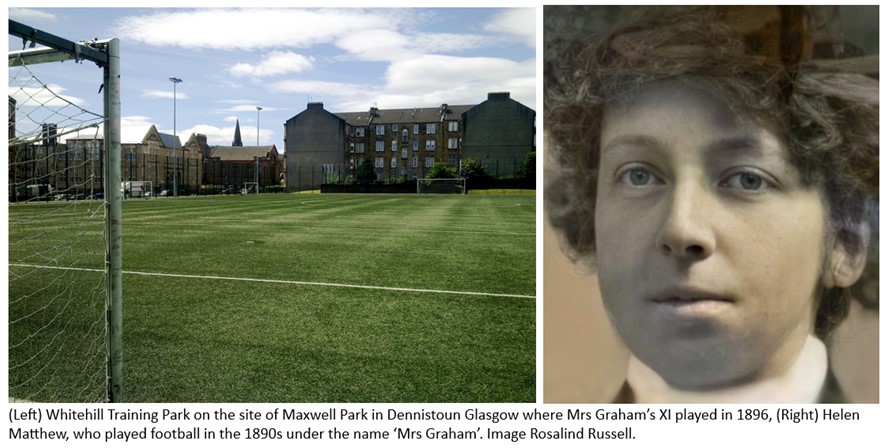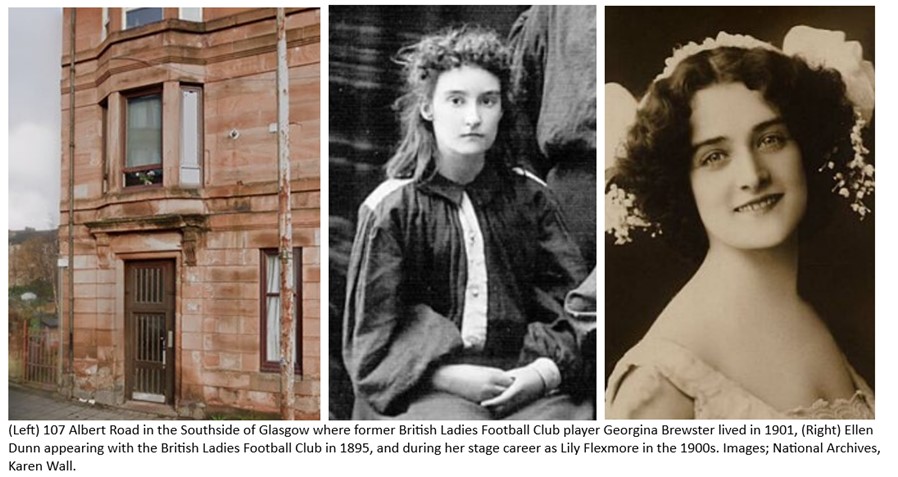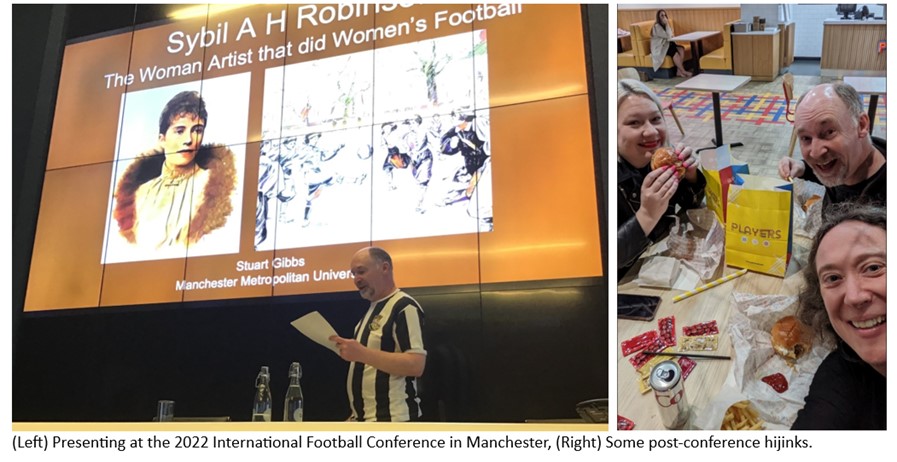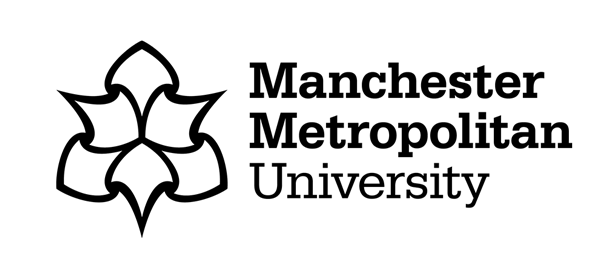
Photo credit: https://www.womenssportsfoundation.org/get-involved/ngwsd/about-ngwsd/
In celebration of National Girls and Women in Sports Day (Wednesday 7 February 2024), Stuart shares a blog about his research which explores the link between women’s football and the entertainment industry and how much it has influenced its development.
My PhD journey began on 4 April 2022, and I soon got to work on my project, the First Ladies of Football: Women’s Football and Entertainment. It seems to be the inevitable continuation of the long connection I have had with women’s football, working as a volunteer for Glasgow City FC and Queens Park Women as well as involvement in a series of art projects representing the women’s game, such as Moving the Goalposts (2011-2012) and A Game for Girls (2015–2022). I produced artwork for these initiatives in my studio space at Wasps Studios Provision on Alexandra Parade in Glasgow’s Eastend and as a distance learner; most of my course work is also produced at the studio which for the time being is known as MMU Annex North.

My current location also informs my PhD project. To the south of the Wasps building is Petershill Park, home ground of Glasgow City FC and close by is the site of Hyde Park, used as a training ground by the first women’s association football side in 1881. Slightly to the south of Petershill is the Network Rail MDU but from 1890 to 1895 it was Springvale Park, home to Cowlairs FC, where the British Ladies Football Club played on 4 May 1895. At the far end of Alexandra Parade is the Whitehill Training Park which was once Maxwell Park, and at this venue on 25 June 1896 Mrs Graham’s XI played London & District. Even going to my home in Glasgow’s Southside, there is no escape. About 200 yards from my flat in Govanhill is the Rose Reilly pub on Albert Road, named after the famous footballer of the 1970s and 80s and at the other end of Albert Road is number 107, the home, in 1901, of Georgina Brewster, a former player with the British Ladies Football Club. Besides football, Georgina appeared on stage as Violet Clarence, but the name she used for her football appearances is unclear.

My main argument is that women’s football developed from sports entertainment and that many of the organisers and players of the early women’s game had connections to the entertainment industry. I have worked on the biography of one British Ladies Football Club player, Ruth Coupland, helping to establish her real name as Ellen Dunn. She also had an extensive stage career under the name Lily Flexmore and a report on one of the British Ladies after-match concerts established the link. Karen Wall, one of Ellen’s descendants, has also researched her story and has had Lily Flexmore’s entry in the National Portrait Gallery amended to include her football career. What happened to Ellen after 1925 has been something of a mystery but Liam Mooney, another researcher interested in theatre history, took on the task and late last year revealed that Ellen had married another performer George White in 1899 and passed away in 1934. The argument that women’s football has its origins in sports entertainment is slowly and steadily being established.

In the course of my studies, I have been fortunate to have been able to present some of my work at conferences. In 2022 I attended the International Football Conference (Footycon) held at Manchester City’s Academy Ground where I presented a paper on Sybil A H Robinson, a woman artist and illustrator who in 1895 sketched a training match of the British Ladies Football Club. Last year I was at Footycon again, this time held at Hampden Park in Glasgow. My presentation covered the early women’s football tours and reflected on the reception they received as well as its fledgling fan culture. For the BSSH annual conference held at the Manchester Met’s Institute of Sport, I focused on the career of the 1881 squad player Constance Cole and also touched on her stage career. Being involved with conferences has allowed me to present my work and receive feedback. Women’s football has been a rather understudied subject, but this is changing and at present it is an exciting time to be involved with this branch of sports history.


